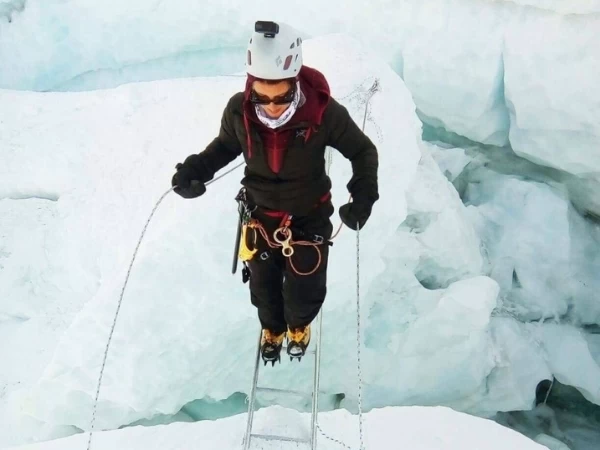Peak climbing in Nepal is the aim of thrill-seekers and mountaineers. With the 14 highest mountains above 8,000 meters in the world, Nepal has eight, including the tallest mountain in the world, Mount Everest. However, these legendary giants apart, there are numerous smaller trekking peaks and expedition peaks all over the country that are ideal to suit the competence of climbers of different levels. Other peaks such as Island Peak, Mera Peak, and Lobuche East are challenging yet negotiable, and they grant a spectacular glimpse of the Himalayas, besides the opportunity to enjoy high-altitude mountaineering. To climb to the mountains in Nepal, one will likely encounter walking on glaciers, climbing rocky ridges, and walking on icy slopes. This is why it is extremely necessary to be prepared and acclimatized.
Climbing mountains in Nepal is not only a journey of physical activity but also a cultural journey. Sherpa guides, as well as the other mountaineering experts of the area, passed their experience and their tradition to the expedition, which makes it more significant. Mainly in spring and autumn, when the conditions are most stable, the climbing season takes place. The Nepal government controls climbing permits and regulations so carefully to protect safety and the environment. Numerous expedition companies offer all the support services, such as the supply of equipment, porters, cooks, and expert guides, that take away the focus of the climber on the ascent. Whether you are hoping to create a new ascent track in Everest or you are just trying to climb one of the popular mountain trekking tracks, Nepal peak climbing is a mixture of adventure, nature, and culture that you cannot find in any other place.

